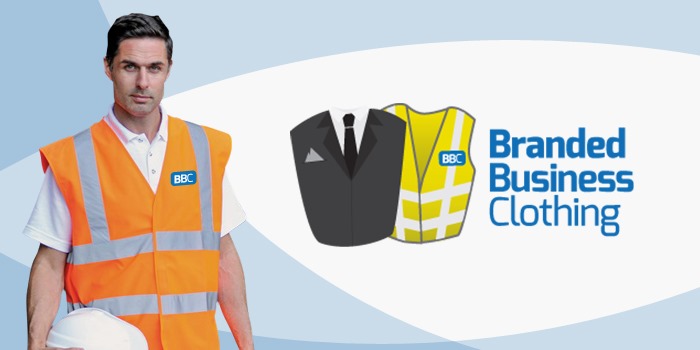
Introduction to Personalised Workwear in Construction
In the United States construction industry, personalised Personalised Workwear workwear has become more than just a uniform. It’s a strategic tool for safety, branding, and workforce unity. With over 7.9 million people employed in construction as of 2024, according to the U.S. Bureau of Labor Statistics (BLS), visibility and identification on-site are critical. Contractors across the country are now investing in customised apparel with logos, company names, and safety enhancements to meet both OSHA standards and branding goals.
Why Personalised Workwear Matters
Construction environments are high-risk, and workers often operate heavy machinery, work at heights, or perform tasks in areas with limited visibility. Personalised workwear can incorporate reflective strips, high-visibility fabrics, and job-specific protective elements. For example, a general contractor in Texas recently reported a 30% reduction in site incidents after introducing personalised high-visibility vests for all crew members.
At the same time, branded uniforms act as moving advertisements. Whether on-site or traveling between projects, workers in customised gear help promote the contractor’s reputation in the community.
Compliance with U.S. Safety Standards
The Occupational Safety and Health Administration (OSHA) mandates certain visibility and protective requirements for construction workers. Personalised workwear can be tailored to meet ANSI/ISEA 107-2020 visibility standards while still including the contractor’s logo and brand colours. Many suppliers in the U.S. now offer compliant garments that also feature embroidery, screen printing, or heat-pressed designs without compromising protective qualities.
Materials and Durability
American contractors often face diverse climates—from humid summers in Florida to snowy winters in Minnesota—so durability and comfort are vital. Personalised workwear for construction crews often uses moisture-wicking polyester blends, ripstop fabrics for trousers, and reinforced stitching for extended wear. Bulk orders allow contractors to provide seasonal variations, such as insulated jackets with embroidered logos for winter and lightweight, breathable shirts for summer.
Cost and ROI for Contractors
While personalised workwear involves an upfront investment, the long-term benefits can outweigh the costs. According to data from industry suppliers, bulk orders for customised construction uniforms can cost between $20 to $45 per piece, depending on the complexity of the design and protective features. Contractors benefit from reduced turnover, improved safety compliance, and free advertising, which can lead to an increase in project bids won.
Employee Morale and Team Identity
Personalised workwear fosters a sense of belonging among workers. When employees wear gear that carries their company’s logo, they feel more connected to the organisation. This morale boost can lead to better teamwork and higher productivity—a critical factor for U.S. contractors managing tight project deadlines.
Trends in Personalised Workwear for Construction
Recent U.S. trends include integrating QR codes on workwear for easy employee verification, adding RFID tags for equipment access, and using eco-friendly fabrics to align with sustainability goals. Contractors are also experimenting with digital ordering platforms where employees can select their personalised gear size and style online, streamlining the process.
Conclusion
Personalised workwear in the U.S. construction sector is no longer a luxury; it’s an operational necessity. From meeting safety regulations to enhancing brand recognition, customised uniforms deliver measurable benefits. Contractors who invest in quality personalised gear can expect not only safer worksites but also stronger brand presence in an increasingly competitive market.